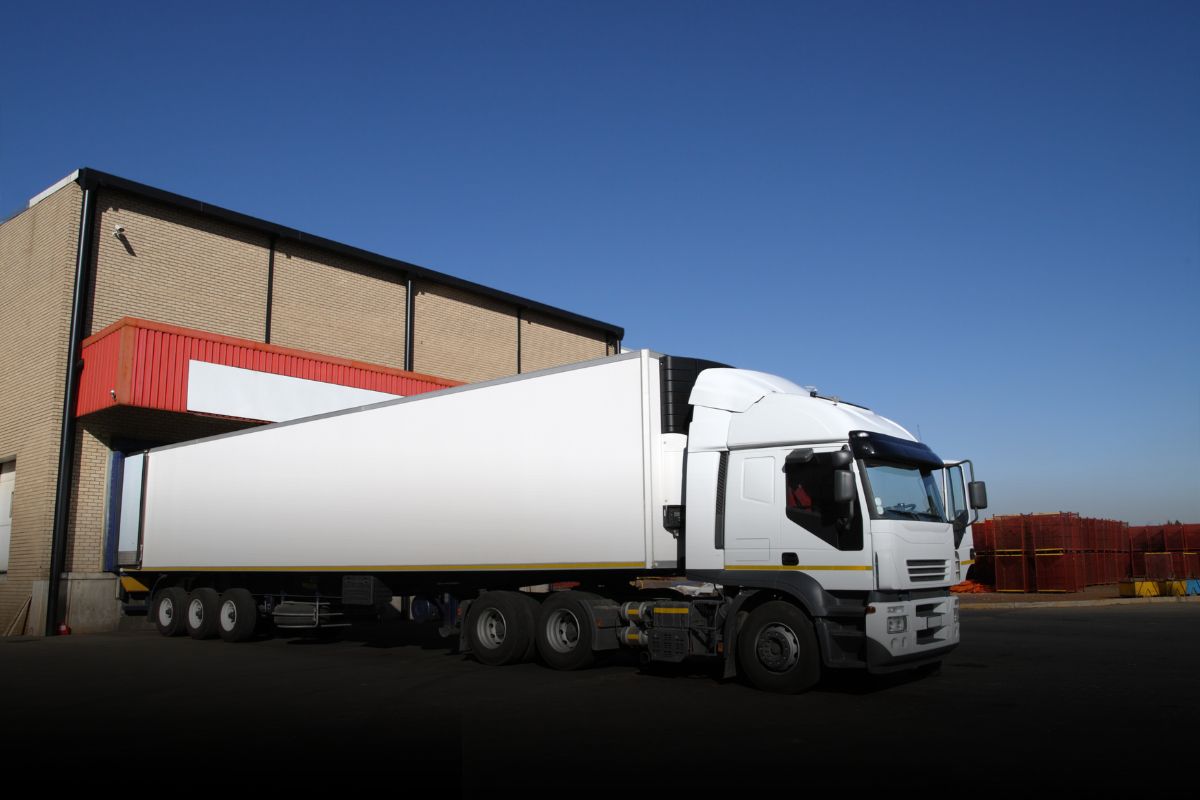Efficient refrigerated transportation is vital for maintaining the integrity of perishable commodities in the ever-changing world of supply chain management.
Effective tactics guarantee that your products, whether perishable goods, medications, or anything else affected by temperature, reach their destination in the best possible state.
This article will show you important strategies that can improve the effective usage of refrigerated shipping containers.
Table of Contents
1. Temperature Monitoring Technology
If you want your refrigerated shipping to succeed, you must invest in high-tech temperature monitoring equipment. Keep a close eye on the temperature inside the shipping container using sensors and data recorders.
Moreover, if the temperature deviates from the specified range, this technology can detect it in real-time and react accordingly. Using these tools, you can also keep your items fresh and avoid spoilage.
2. Optimal Packaging Solutions
For successful refrigerated transportation, choosing the correct packaging materials is crucial. Considerations like temperature sensitivity, moisture management, and insulation needs allow you to personalize product packaging solutions. Here are different cargo packaging to safeguard your shipments:
Insulated Packaging Materials
Insulated packaging materials are the backbone of chilled cargo protection. By creating a thermal barrier, these materials will keep your items at the perfect temperature for as long as possible. Insulation is essential when transporting perishable goods like medications or frozen foods.
Styrofoam Boxes
When delivering perishable goods, styrofoam boxes are an indispensable tool. They don’t need external refrigeration methods like ice packs or dry ice because their thick walls offer great insulation.
Because of their high price compared to alternatives like insulated packing or liners, companies should exercise caution when using styrofoam boxes, even though they provide superior protection.
Insulated Thermal Liners
Insulated thermal liners provide versatility for shipments with larger or oddly shaped products. Using these liners to encase products tightly, you may use the space within boxes better. So, not only do they optimize transportation efficiency, but they also offer an effective solution.
Tailored Packaging Solutions
It would be best if you always customized your packing solutions to meet the individual needs of your goods, as different types of cargo have different requirements. When deciding on the best packaging materials and procedures, consider aspects such as sensitivity to temperature, size, and fragility.
3. Route Optimization for Time and Temperature
Optimizing shipping routes is an integral part of efficient refrigerated shippingt. Arrange for modes of transportation that not only cut down on trip time but also ensure the necessary temperature is maintained the whole way.
For a streamlined and controlled shipping procedure, use route planning software that considers weather, traffic patterns, and the best places to halt for temperature checks.
Here are the tools and technology you can use to optimize refrigerated shipping routes:
- Data Insights: Trends and potential for improved efficiency can be found by analyzing shipping data.
- GPS Technology: By accurately mapping the area and dynamically arranging the route, GPS systems help to avoid delays.
- Route Optimization Software: To make course corrections promptly, these technologies assist in keeping tabs on traffic and weather conditions in real time.
4. Training and Certification for Handling
Verify that your shipping staff has received adequate training to handle perishable goods. Train them to properly load, unload, and monitor perishable goods based on their temperature. Errors that could lower the items’ quality while in transit can only be prevented by a competent and experienced crew.
5. Collaboration with Reliable Carriers or Logistics
A crucial tactic is forming alliances with trustworthy carriers and logistics transporting perishable goods. Choose shipping companies with experience keeping cargo at a constant temperature.
That way, you can keep yourself updated on the status of your shipments by maintaining regular communication with your carriers. Also, this method will allow you to resolve any potential issues that may arise swiftly.
Here’s how you can collaborate in refrigerated shipping:
Continuous Cost Analysis
Continuously monitoring shipping expenses by a third-party logistics provider or 3PL aids in discovering ways to save money, prevent spending, and enhance efficiency. To keep costs down, it’s important to keep this in mind.
Risk Management and Compliance
Preventing expensive mishaps, spoilage, or product losses can be achieved by effective risk management techniques used by a 3PL, especially when it comes to temperature-sensitive cargo. It’s important to follow all industry rules and regulations to stay out of trouble and avoid fines.
Supplier Negotiation and Volume Discounts
You can save an incredible amount of money using a 3PL because they are good at negotiating with suppliers and getting bulk discounts. The cost of goods and transportation is directly affected by this point, making it essential.
Supply Chain Optimization
Streamlined operations, lower shipping costs, and enhanced logistics efficiency can be achieved through the knowledge of a 3PL. This supply chain optimization includes tasks such as route planning and load consolidation.
Technology Integration
Modern logistics software and hardware enable optimization of routes, data-driven decision-making, and real-time tracking. These technological advancements improve productivity, reduce mistakes, and save money.
6. Emergency Protocols and Contingency Planning
Even with careful preparation, unexpected events can still transpire. It is important to have thorough emergency procedures and backup plans to deal with problems like equipment breakdowns, power outages, or unanticipated delays. If your team has a clear strategy, they can react quickly to reduce risks and keep the cargo safe.
7. Continuous Monitoring and Data Analysis
Just as important as real-time monitoring is post-shipment analysis. Find trends, streamline procedures, and boost efficiency by collecting and analyzing data from every refrigerated shipping. Proactive modifications can be made by continuous monitoring to prevent such difficulties in future shipments.
Some of the most recent developments influencing shipping include supply chain analytics and the Internet of Things (IoT), which promise to make chilled shipments more efficient.
IoT Sensors for Real-Time Monitoring
Sensors connected to IoT can remotely measure and regulate temperature. By installing these sensors in refrigeration units, crucial characteristics like humidity and temperature can be monitored in real-time, allowing for rapid and accurate temperature regulation.
When temperatures exceed the desired range, the system can automatically fix the problem or notify an employee. Maintaining freshness for temperature-controlled transportation is made possible by this instant response, which lowers the chance and impact of errors.
Elevate Cold Chain Excellence
Learning how to ship perishable goods efficiently is an ongoing process in the dynamic field of logistics. Because refrigerated shipping is an integral part of getting fresh food all around the globe, the strategy for it needs to adapt as industries do.
















